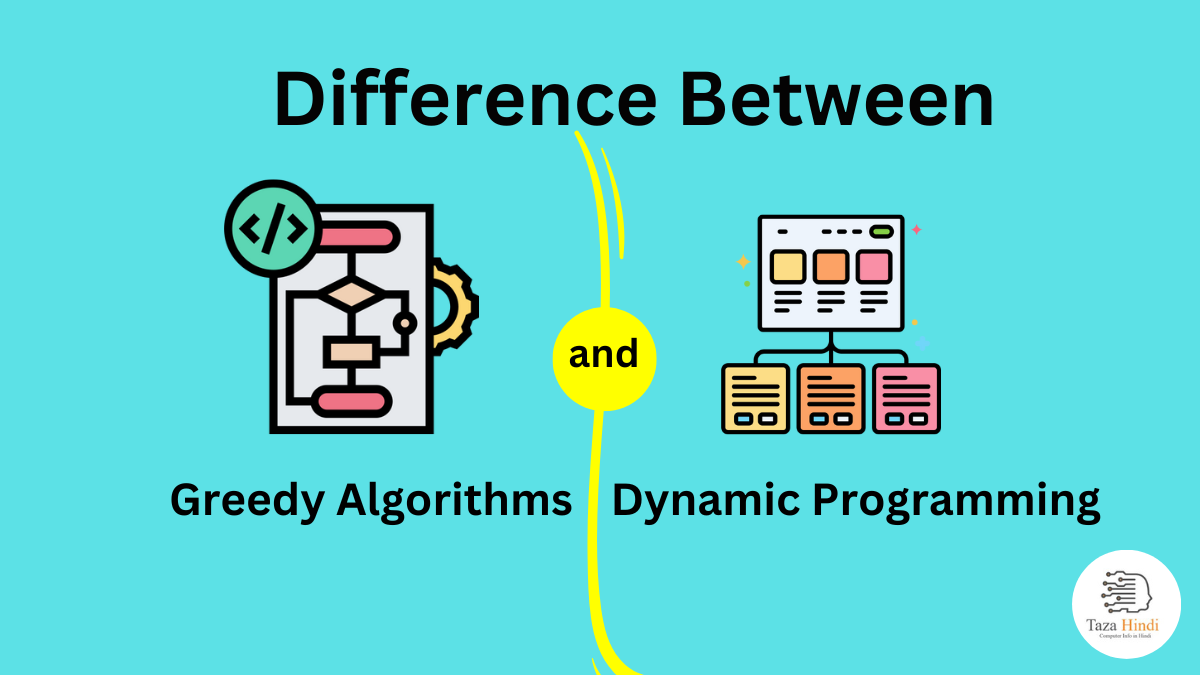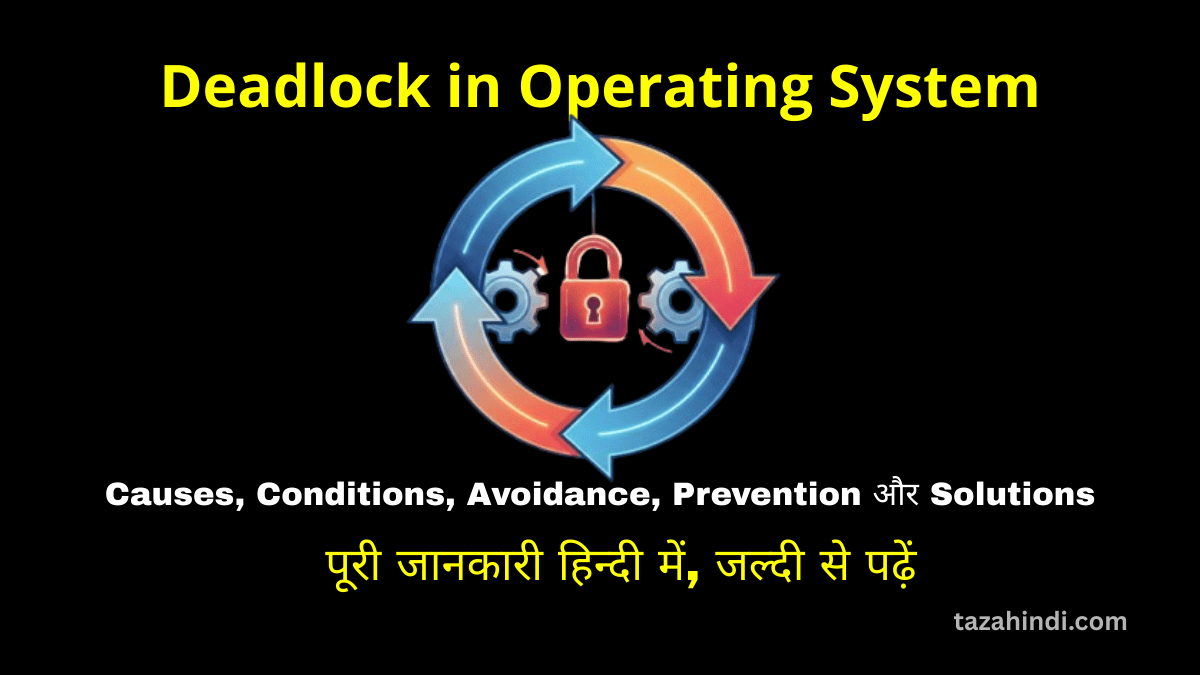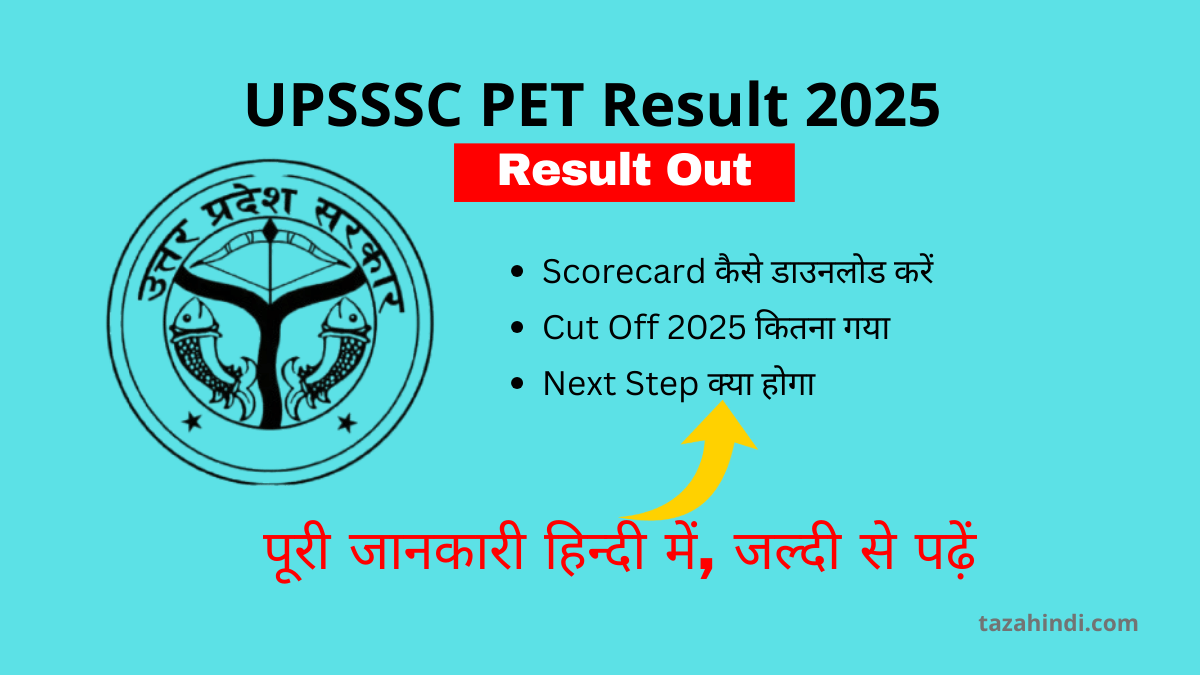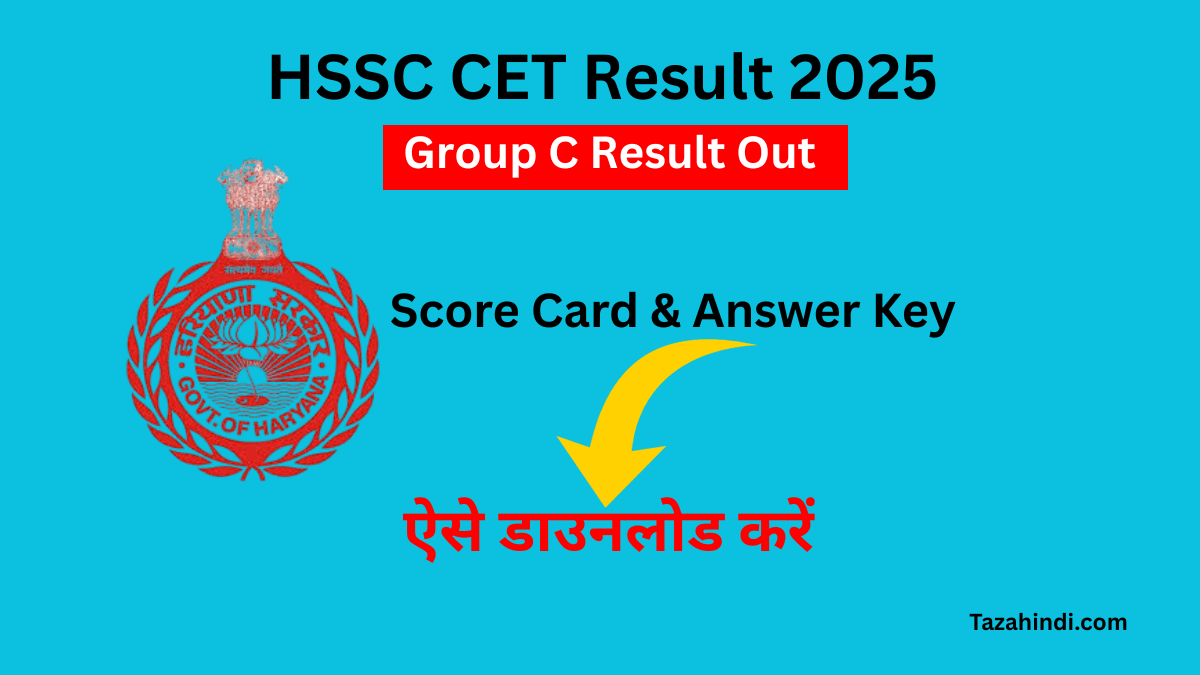Optimization problems play a vital role in various fields, ranging from computer science to economics and engineering. To tackle these problems, algorithmic techniques like greedy algorithms and dynamic programming have been developed. In this article, I will explain what is Greedy Algorithm and Dynamic Programming, their characteristics, real-life applications, advantages, disadvantages, important considerations when implementing them and explore the key difference between greedy and dynamic programming.
What is a greedy algorithm?
A greedy algorithm is an algorithmic approach that makes locally optimal choices at each step to find an overall optimal solution. It selects the best available option without considering the consequences of that choice on future steps. Greedy algorithms are simple and efficient, making them suitable for solving problems with the greedy choice property.
Characteristics of greedy algorithms
- Locally Optimal Choices: Greedy algorithms make decisions based on the current best choice, aiming to maximize immediate gain without considering the long-term impact.
- Greedy Choice Property: The locally optimal choices made by a greedy algorithm lead to a globally optimal solution.
Real-life applications that can be solved using greedy algorithms
Greedy algorithms find application in various real-life scenarios, such as:
- Fractional Knapsack Problem: Selecting items with maximum value-to-weight ratios to fit in a limited capacity knapsack.
- Dijkstra’s Algorithm: Finding the shortest path in a weighted graph.
- Huffman Coding: Constructing an optimal prefix-free binary code for data compression.
Also Read : Difference between Microcontroller and Microprocessor
Advantages of greedy algorithms
- Simplicity: Greedy algorithms are easy to understand and implement.
- Efficiency: Greedy algorithms often have a time complexity of O(n log n) or better, making them efficient for large-scale problems.
- Quick Solutions: Greedy algorithms provide fast solutions due to their greedy nature.
Disadvantages of greedy algorithms
- Lack of Global Optimization: Greedy algorithms do not guarantee finding the globally optimal solution in all cases.
- Suboptimal Solutions: Making locally optimal choices at each step may lead to suboptimal solutions overall.
Key considerations when using greedy algorithms
- Greedy Choice Property: Ensure that the problem exhibits the greedy choice property, where a locally optimal choice leads to a globally optimal solution.
- Proof of Correctness: Prove the correctness of the greedy algorithm to ensure it produces the desired results.
- Order of Choices: The order in which choices are made can significantly impact the solution. Test different orderings to find the best outcome.
Also Read : Difference between File and Folder
What is a Dynamic Programming?
Dynamic programming is an algorithmic technique that solves complex problems by breaking them down into overlapping subproblems and storing the solutions to avoid redundant computations. It allows for solving problems with an overlapping subproblem structure and guarantees finding the globally optimal solution.
Characteristics of Dynamic Programming
- Optimal Substructure: The optimal solution to a problem can be constructed from the optimal solutions of its overlapping subproblems.
- Memoization: Dynamic programming often involves memoization, which stores previously computed results to avoid redundant computations.
- Bottom-up or Top-down Approach: Dynamic programming can be implemented using a bottom-up approach (iterative) or a top-down approach (recursive with memoization).
Also Read : Difference between Structure and Union
Real-life applications that can be solved using Dynamic Programming
Dynamic programming finds application in various real-life scenarios, such as:
- Fibonacci Sequence: Computing Fibonacci numbers efficiently using memoization or bottom-up techniques.
- Longest Common Subsequence: Finding the longest subsequence common to multiple sequences.
- Matrix Chain Multiplication: Optimizing the order of matrix multiplications to minimize computational cost.
Advantages of Dynamic Programming
- Guaranteed Optimality: Dynamic programming guarantees finding the globally optimal solution.
- Overlapping Subproblem Elimination: By storing computed results, dynamic programming avoids redundant computations, improving efficiency.
- Versatility: Dynamic programming can handle a wide range of complex problems.
Disadvantages of Dynamic Programming
- Increased Memory Usage: Dynamic programming may require additional memory to store solutions for overlapping subproblems.
- Computational Complexity: The time complexity of dynamic programming solutions can be high, depending on the problem size and structure.
Also Read : Difference between Static and Dynamic Memory Allocation
Key considerations when using Dynamic Programming
- Overlapping Subproblem Structure: Ensure the problem exhibits overlapping subproblems that can be solved independently and merged to obtain the final solution.
- Optimal Substructure: Verify that the optimal solution to a problem can be constructed from optimal solutions to its subproblems.
- Memory Constraints: Assess available memory resources to determine if dynamic programming is feasible for a given problem.
Difference between Greedy and Dynamic Programming
| Greedy Algorithms | Dynamic Programming |
| Greedy algorithms make locally optimal choices at each step, without considering the long-term consequences. | Dynamic programming considers the global optimal solution. |
| Greedy algorithms do not guarantee finding the globally optimal solution. While they make locally optimal choices, these choices may not lead to the best overall solution. | Dynamic programming guarantees finding the globally optimal solution. By breaking the problem into subproblems and solving them independently, it ensures that the final solution is the best possible outcome. |
| It is suitable for problems with the greedy choice property, where making locally optimal choices leads to the globally optimal solution. These problems often involve maximizing or minimizing a certain value. | It is suitable for problems with overlapping subproblems. These problems can be divided into smaller subproblems that share common sub-subproblems, allowing for efficient computation and optimization. |
| Greedy algorithms are generally efficient, with time complexities often less than or equal to O(n log n) or better, depending on the problem. | Dynamic programming solutions may have higher time complexities, often ranging from O(n^2) to O(n^3) or even higher. |
| It require less memory compared to dynamic programming, as they do not store intermediate results. | It requires additional memory to store solutions for overlapping subproblems, which can result in higher space complexity. |
Also Read : Why Algorithm is important in programming
Conclusion
Greedy algorithms and dynamic programming are powerful algorithmic techniques for solving optimization problems. Greedy algorithms focus on immediate gains and simplicity but may lack global optimality, while dynamic programming guarantees optimality at the cost of potentially higher time and space complexity. By understanding the characteristics, advantages, disadvantages, and considerations of both approaches, one can choose the most appropriate technique for solving a specific problem.
FAQs
-
Can a greedy algorithm be used for any optimization problem?
Greedy algorithms can be used for optimization problems that exhibit the greedy choice property, where locally optimal choices lead to a globally optimal solution. However, not all optimization problems have this property, making greedy algorithms unsuitable in those cases.
-
Are greedy algorithms always faster than dynamic programming?
The time complexity of an algorithm depends on the problem and its specific implementation. While greedy algorithms are often efficient, it cannot be guaranteed that they are always faster than dynamic programming. The time complexity varies depending on the problem size and structure.
-
How can we determine if a problem has the greedy choice property?
Determining if a problem has the greedy choice property requires careful analysis. It involves assessing whether the locally optimal choices made at each step consistently lead to the globally optimal solution. Mathematical proof or empirical testing is often employed to establish the presence of the greedy choice property.
-
Can dynamic programming solve problems that do not have overlapping subproblems?
Dynamic programming is specifically designed to solve problems with overlapping subproblems. If a problem does not have this characteristic, dynamic programming may not be the most suitable approach. Other algorithmic techniques or problem-solving methods may need to be explored.



